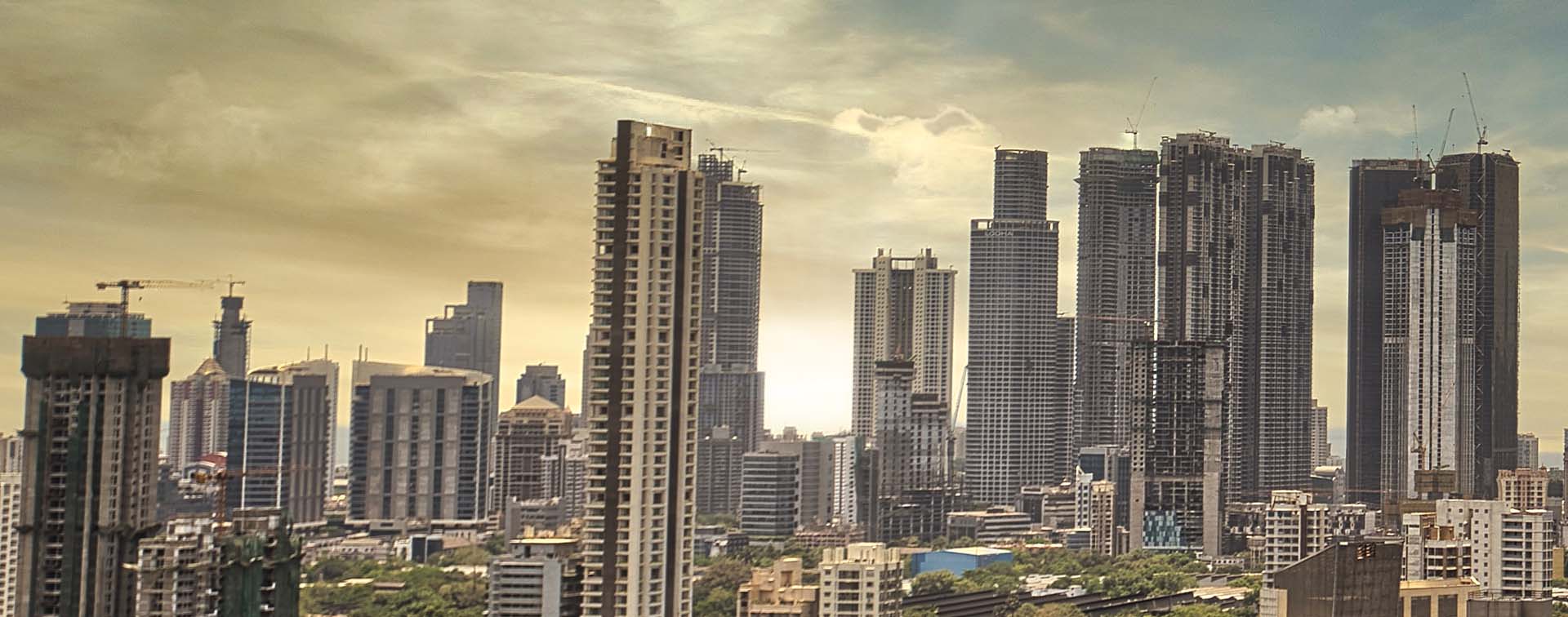
Nirbhay Handa is Group Head of Business Development at Henley & Partners and the Managing Director and Head of the firm’s Global South Asia team.
Investment migration continues to boom in South Asia, propelled by the fact that in the past two years the concept of residence and citizenship by investment has gained more public acceptance than in any previous year. A growing number of ultra‐high- and high‐net‐worth investors focused on futureproofing themselves and their families are increasingly seeking out alternative residence and citizenship options. Henley & Partners saw a 52% increase in client enquiries in 2021 compared to 2020 across South Asia, and 2022 looks to be another year of growth.
It has been interesting to see European residence by investment migration programs like those offered by Greece, Malta, Portugal, and other golden visas on the continent gain a great deal of traction and interest in the last few years. While historically Canada and the USA have been extremely popular education hubs for South Asian families, now many are also becoming receptive to Europe. This can be attributed to more European universities having become bilingual and offering tuition in English. A number of European countries are also being considered as potential places to own retirement or vacation homes, conduct business, and enjoy lifestyle benefits.
Key motivations highlighted in our discussion with clients in South Asia were the opportunity to invest abroad and diversify wealth, providing their children with an possibility of accessing Europe, with an increase in appeal as an education destination, the ability to travel across 26 European Schengen states visa-free, and owning a holiday home in lifestyle location. Additional drawcards of Europe’s programs are the comparatively low investment requirements and faster processing times than, say the US-EB 5 Immigrant Investor Program. There is a huge upside to investing EUR 250,000 to EUR 280,000 in Europe and also receiving a residence card of a Schengen country compared to investing the same amount in Mumbai, Delhi, Colombo, or Dhaka, for example.
The most popular programs for South Asian investors are the golden visa programs in Portugal and Greece on the residence by investment front, and Malta and Montenegro on the citizenship by naturalization/citizenship by investment front. We have also seen a great deal of interest in Global Talent Independent Visas in Australia, where high caliber tech entrepreneurs can acquire permanent residence in just six months. This has been particularly attractive to entrepreneurs who are looking to take their businesses global and utilize the entrepreneurial infrastructure such as access to government support and tax breaks, which may not be available in places such as Bangladesh, Pakistan, and Sri Lanka.

Overall, the concept of an alternative residence as a means of hedging your sovereign risk is new in South Asia. While the region remains an exceptionally exciting place for business activities, commercial growth for corporations, and high-yielding investments, high-net-worth families are becoming increasingly cosmopolitan and transnational and are keen to diversify a portion of their wealth abroad. Indian, Pakistani, and Bangladeshi families are seeing the benefits of investment migration not only as a means to improve their mobility, or for lifestyle and education purposes, but also as an avenue to access global markets, to protect their families’ futures, and to have an insurance policy in place to diversify their domiciles as a hedge in this volatile world in which we live.